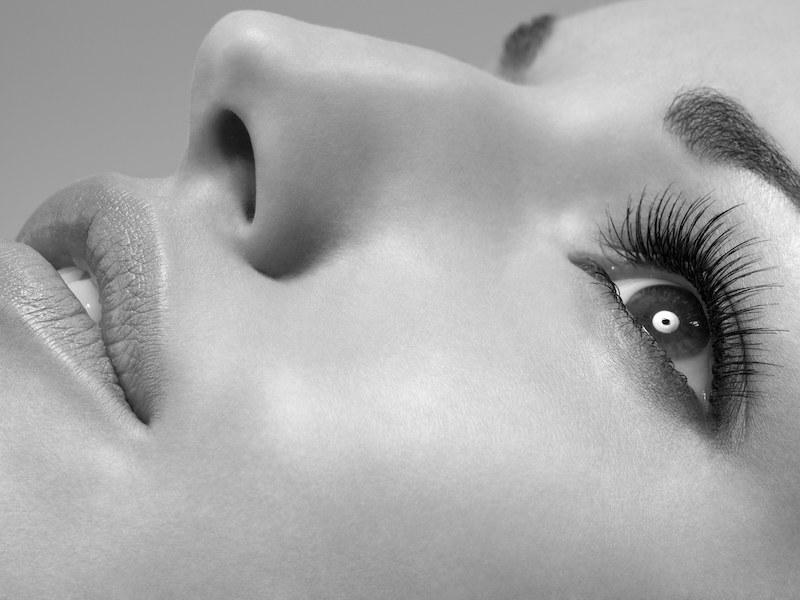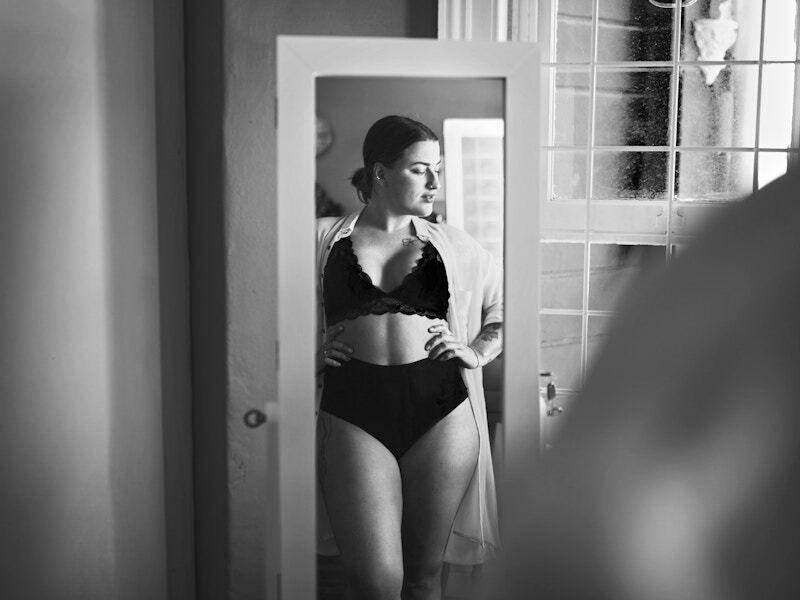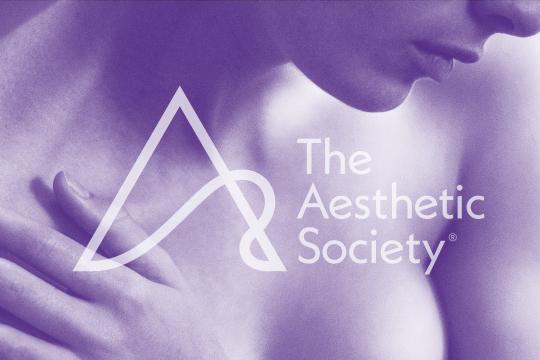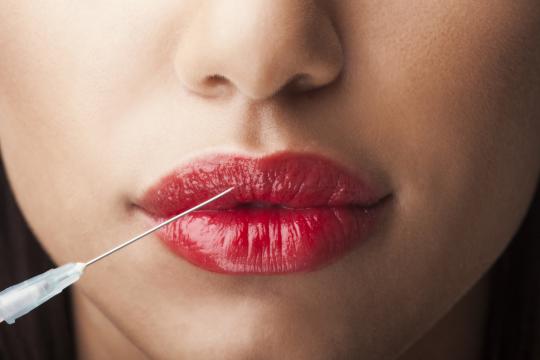
Have you ever been introduced to someone at a party, and you simply can not comprehend anything they’re saying because all you’re trying to do is get to the hors d'oeuvres on the other side of the room? Yeah, that.
Sometimes an end game is simply too dazzling, and once you’ve finalized your decision to have rhinoplasty, it’ll be tempting to breeze over important post-surgical expectations and get straight to focusing on your results. We’re not here for that. We’ve stressed the importance of expectation management when it comes to plastic surgery, and that’s going to require more than simply daydreaming about your soon-to-be beautifully reshaped nose. So let us re-introduce you to 5 little words that your plastic surgeon likely reviewed during your nose surgery consultation, had you not been blinded by thoughts of gorging yourself on canapés.
5 Little Words:
Surprises are fine when it comes to birthday parties, but post-surgery you’re going to want to prepare yourself for the likelihood of 5 little words associated with the recovery period of most surgical procedures—pain, swelling, bruising, redness and downtime. Why would your plastic surgeon introduce such ugly words when all you want to focus on is your soon-to-be newly sculpted masterpiece (aka. your nose)? Here’s why. It’s important to manage your expectations surrounding recovery, and while it’s a necessary part of any successful surgery, it’s also not always pretty. Here’s what that will mean:
- Pain: While pain lives on a gray and very broad scale relative to the individual patient, the sensation described most—post nose surgery—is typically more discomfort than pain. There may be some nasal packing or a splint that’s bothersome, your breathing might be impaired, there may be uncomfortable pressure, and you may experience a dry throat due to breathing through your nose. That’s not to say there won’t be any “pain” per say, but your doctor will likely prescribe pain medication, and may also prescribe an antihistamine to help with sinus pressure. They’ll also offer up helpful healing suggestions—like applying a cold compress (gently), which will assist in reducing swelling. Speaking of…
- Swelling: Yes. There will be swelling. Probably a lot of swelling. It’s best that you sort through the 5 stages and reach acceptance with this prior to your surgery. Facial swelling can be especially intense that first week of recovery, but each week you’ll see a marked improvement and by 6 weeks approximately 80% of noticeable swelling will resolve. Be aware that it may take as long as 12 months for all of the swelling to subside—but most of that excess swelling will only be discernible to you. Yes, 12 months is a long time. Like we said—commitment.
- Bruising & Redness: Many patients experience bruising and redness around the eyes and nose areas. This should dissipate in about a week or two. What kind of redness and bruising, you ask? Go ahead, Google it. We’ll wait.
- Downtime: Any packing or splints will be removed after the first week, which means that you could ostensibly go out in public, the question will be should you? A good gage as to when you can return to work or school will be how you’re healing and how strenuous your job is. You should be able to return to normal activities, even light exercise within 3 weeks. Light exercise does not mean CrossFit workouts or competing in Iron Man. Anything requiring straining, bending and lifting should be avoided until your surgeon gives you the okay to do so.
So there, now you know what to expect during the immediate recovery period after your rhinoplasty cosmetic surgery.







